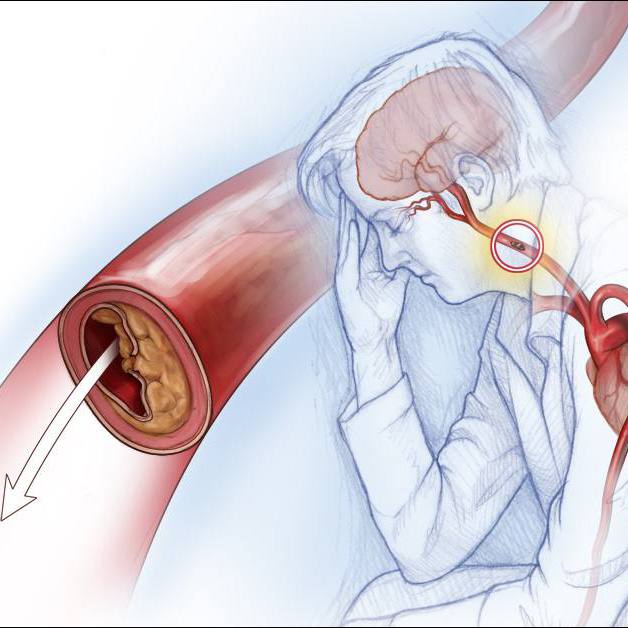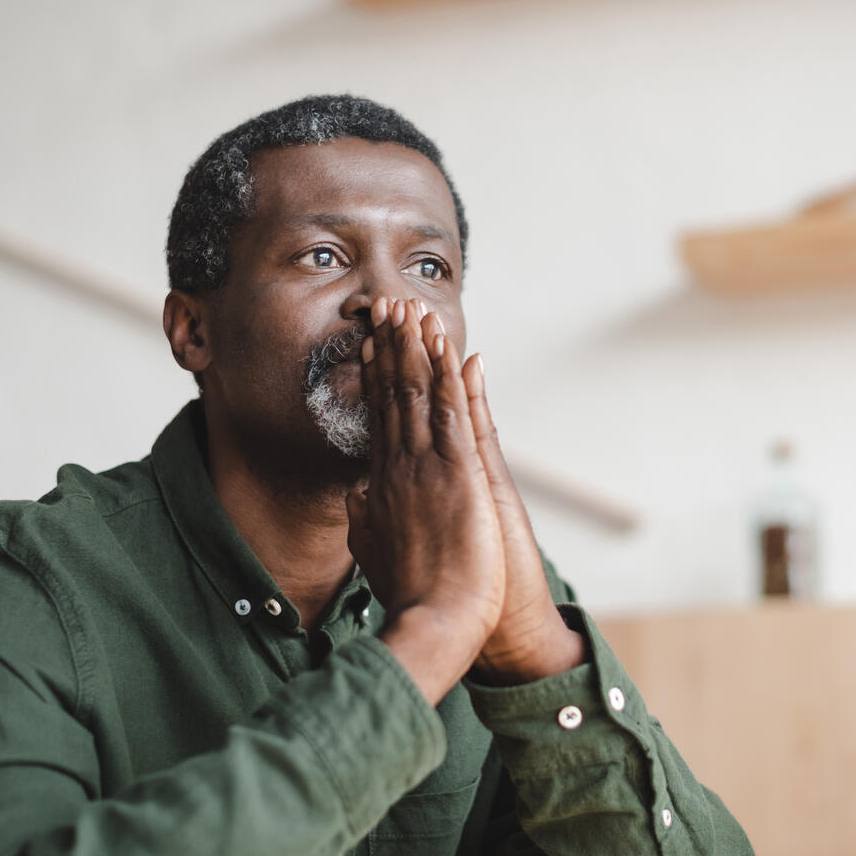-
Mayo Clinic Minute: Under 40? What you should know about testicular cancer
April is Testicular Cancer Awareness Month, and for young men, it's a good time to recognize the signs of testicular cancer. Approximately 1 of every 250 men in the U.S. will develop testicular cancer, with an average age of 33 at the time of diagnosis, according to the American Cancer Society.
Journalists: Broadcast-quality video pkg (1:09) is in the downloads at the end of the post. Please courtesy: "Mayo Clinic News Network." Read the script.
Men ages 20 to 40 are the primary group diagnosed with testicular cancer. While highly treatable, early detection can affect outcomes.
"The majority of testicular cancers are actually painless," says Timothy Lyon, M.D., a Mayo Clinic urologist and oncologist. "Men should not be reassured if they're not having pain. If something feels abnormal, it still needs to be evaluated."
Start with monthly self-examinations to make sure there are no abnormal ridges, bumps or masses on either testicle. Risk factors include if a testicle did not fully descend at birth, or if there is family history or a previous personal history of testicular cancer.
"We are able to cure almost all men affected with testicular cancer, no matter what stage of disease they present with," Dr. Lyon says.
Treatment starts by removing the affected testicle, and may require chemotherapy, radiation or additional surgery.
Many patients ask whether they can still have children after testicular cancer.
"Many men, particularly those with early stage testicular cancer are able to preserve their fertility and not have any change in their likelihood of being able to father a child," Dr. Lyon says. "But, of course, every situation is different."
Related article:
Related Articles







